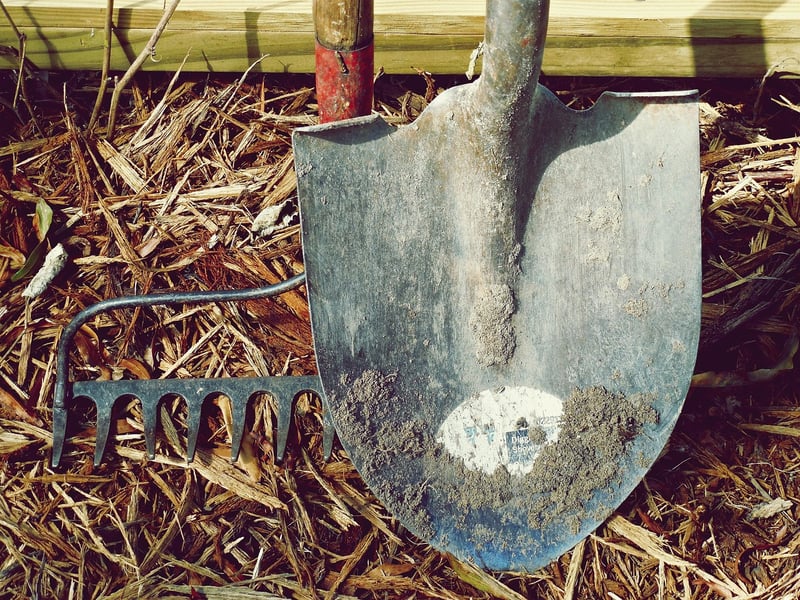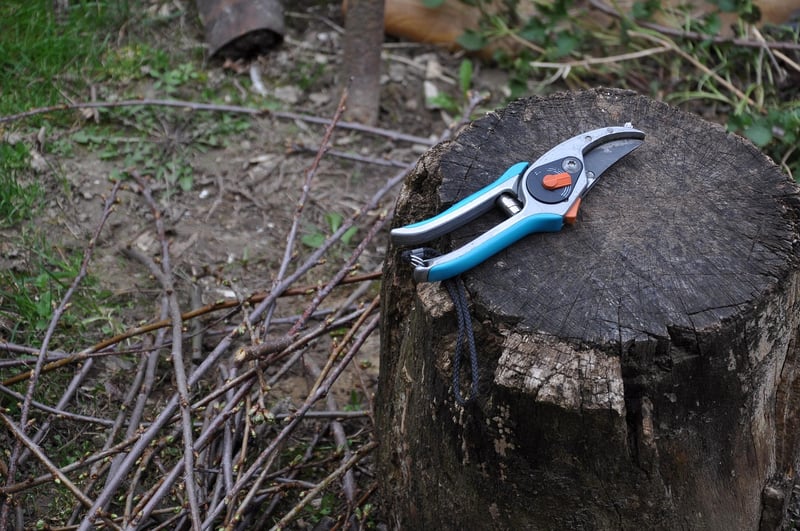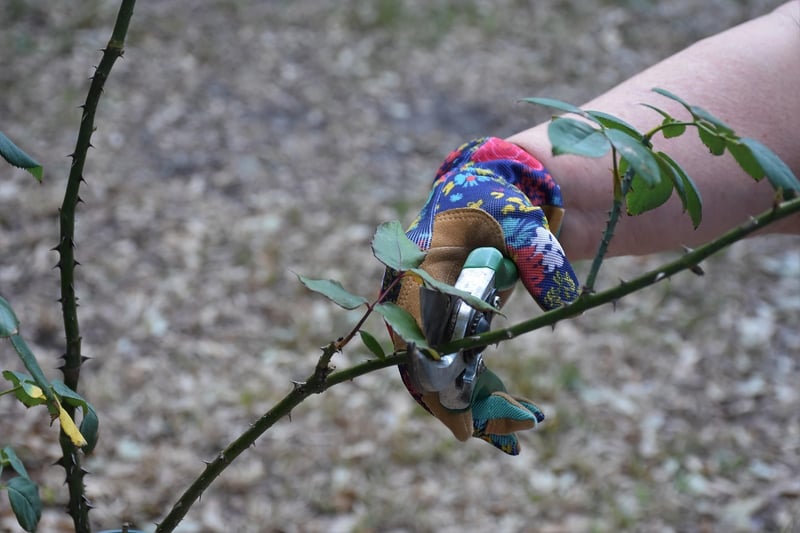Pruning and trimming
Nurture Your Plants: The Importance of Pruning and Trimming
Plants bring life, color, and beauty to our surroundings, but to ensure they thrive and flourish, proper care is essential. One key aspect of plant care is pruning and trimming. These maintenance tasks not only enhance the aesthetic appeal of your plants but also promote their health and growth. Let's explore the importance of pruning and trimming in nurturing your plants.
Why Pruning and Trimming are Important
Pruning and trimming are vital for the overall well-being of your plants. Here are some reasons why these practices are crucial:
- Promotes Growth: Pruning helps stimulate new growth by removing dead or overgrown branches, encouraging the plant to focus its energy on developing healthy new shoots.
- Enhances Appearance: Trimming maintains the shape and aesthetics of the plant, ensuring it looks neat and well-groomed.
- Prevents Disease: Removing diseased or damaged parts of the plant through pruning can prevent the spread of infections and promote overall plant health.
- Improves Air Circulation: Trimming dense foliage allows better airflow within the plant, reducing the risk of fungal diseases.
- Boosts Flowering and Fruiting: Pruning at the right time can encourage more blooms or fruits, leading to a more bountiful harvest.
Best Practices for Pruning and Trimming
While pruning and trimming are beneficial, it's essential to do it correctly to avoid causing harm to your plants. Here are some tips for effective pruning and trimming:
- Use Clean Tools: Always use sharp, clean tools to make precise cuts and prevent the spread of diseases.
- Prune at the Right Time: Different plants require pruning at specific times of the year. Research the optimal time for each type of plant in your garden.
- Identify Branch Collars: When pruning branches, locate the branch collar (swollen area where the branch meets the trunk) and make cuts just outside this area to promote proper healing.
- Step Back and Assess: Before making any cuts, step back and evaluate the plant to determine which branches need trimming for the best overall shape.
- Remove Dead or Diseased Material: Promptly remove any dead, damaged, or diseased parts of the plant to prevent issues from spreading.
Conclusion
Pruning and trimming are essential practices for maintaining the health, appearance, and productivity of your plants. By taking the time to prune and trim your plants properly, you can enjoy a vibrant and thriving garden all year round.
Remember, each plant may have specific pruning requirements, so it's crucial to research and understand the needs of your plants before engaging in pruning and trimming activities.
Happy gardening!


